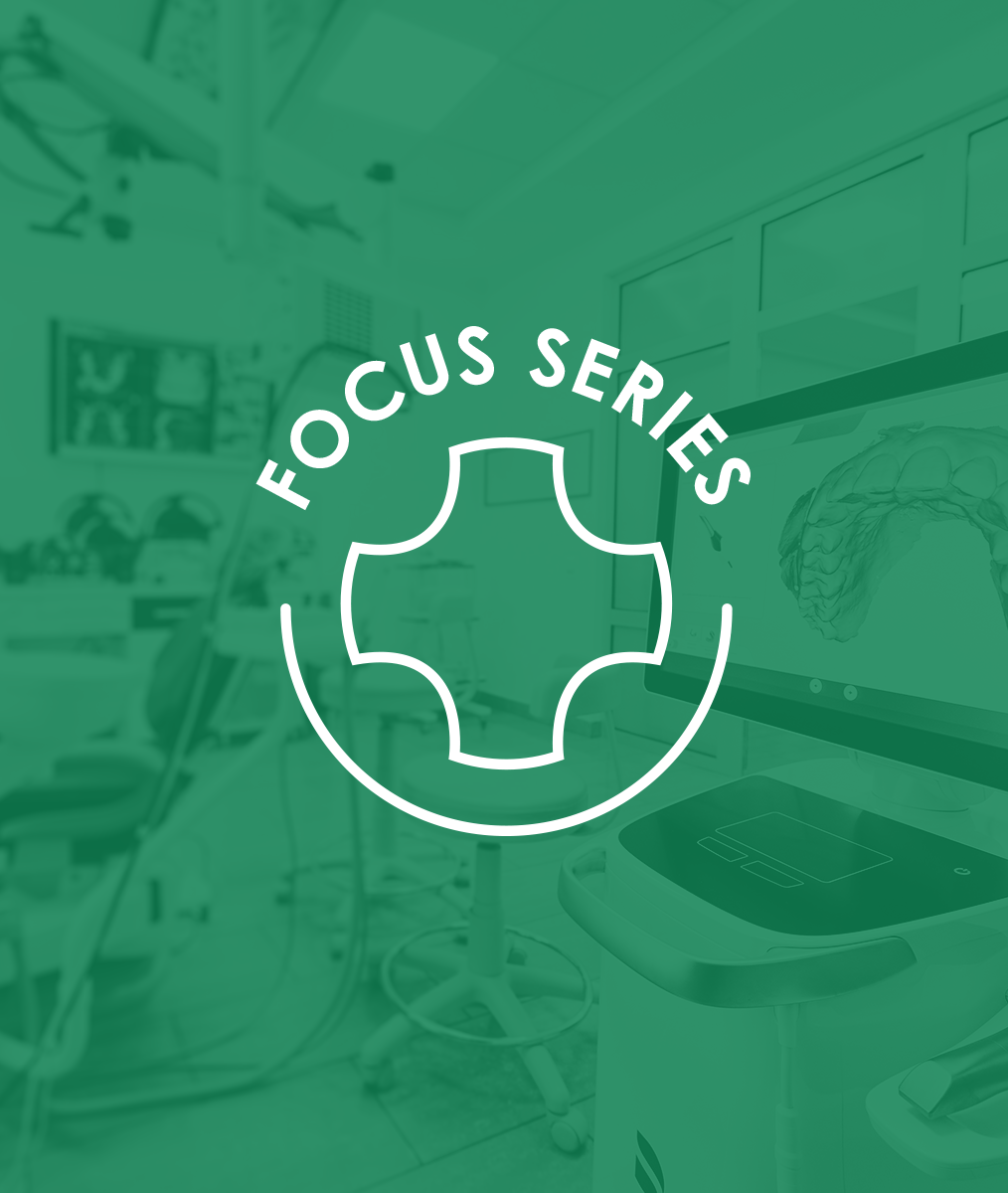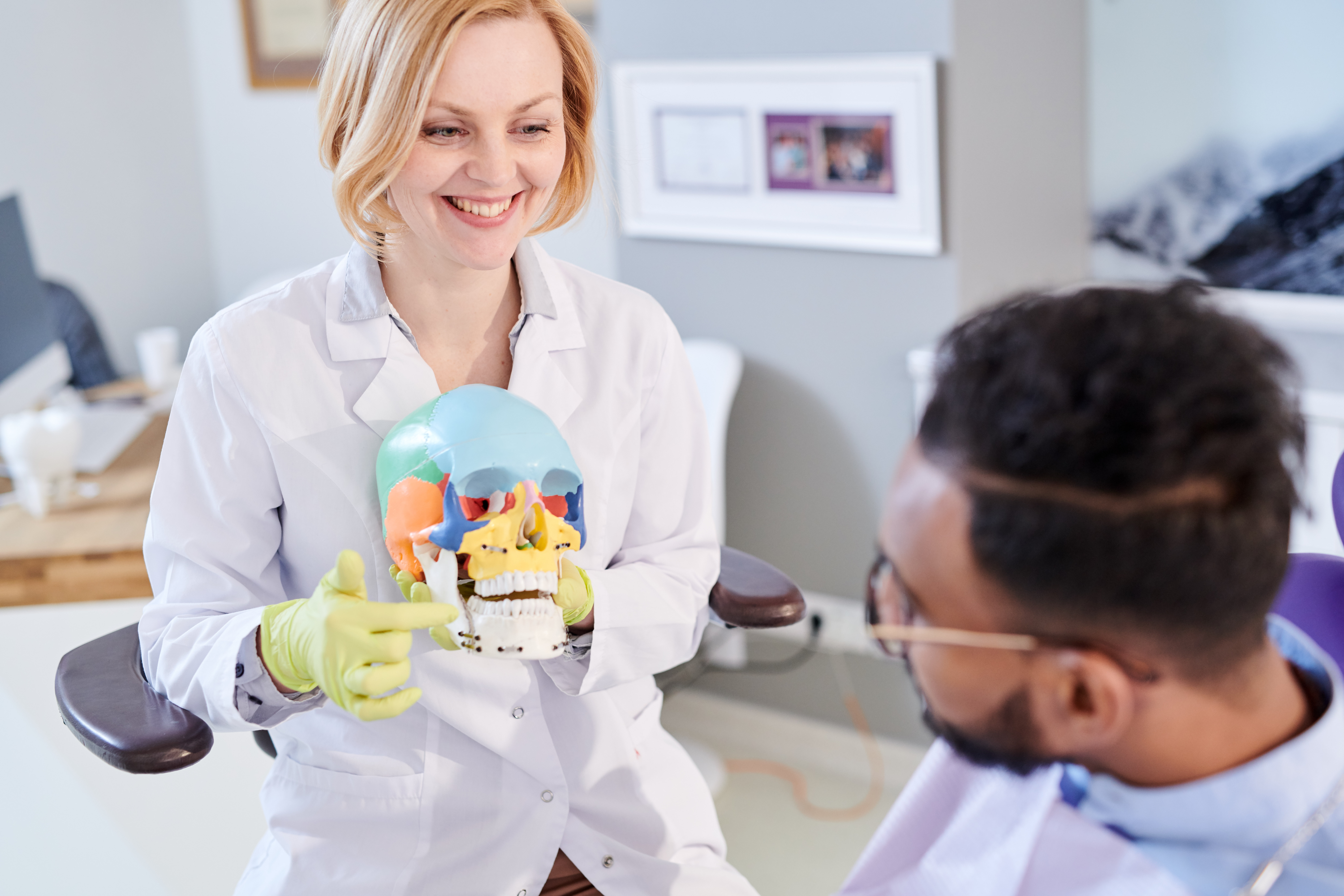Breathing and Airway Support Part 2: Helping Our Pediatric Population
By Steve Carstensen, DDS
I want to share a clear example of how bad sleep directly affects the anatomical structures dentists pay a lot of attention to—the mandibular condyles.
Sleep Disruption Disrupts Bone Regeneration
We’ve all seen on X-rays condyles that do not look healthy. We wonder what causes so much degeneration. There are shelves of books and whole courses about what goes wrong but one of the things that affects condyles is a circadian rhythm disruption. Research* with rats has demonstrated that sleep disruption disrupts bone regeneration, causing thinning of the condyles.
* Corrigendum: Circadian rhythm protein Bmal1 modulates cartilage gene expression in temporomandibular joint osteoarthritis via the MAPK/ERK pathway. Chen G, Zhao H, Ma S, Chen L, Wu G, Zhu Y, Zhu J, Ma C, Zhao H.Front Pharmacol. 2022 Sep 8;13:971840. doi: 10.3389/fphar.2022.971840. eCollection 2022.
Rats were interrupted from their sleep cycles so they could not get through a normal night’s sleep. After eight weeks they took the disruptions away. During the first four weeks the cartilage layer over the condyles thinned, became really thin at six weeks, and stayed that way across eight weeks. After they returned the rats to undisrupted sleep for four weeks, the breaks in the normal covering of the condyles were still there.
What do we take from that? The earlier in life that we establish healthy physiology that supports healthy sleep, the greater the chance children have of growing human condyles to withstand TMJ problems later.
Disrupted Sleep Contributes to Multiple Health Issues
There’s a lot of research that points to poor breathing contributing to pediatric and adolescent health issues. Among these issues are neurological deficits, behavioral problems, poor school performance, and pulmonary hypertension. A primary cause of poor-quality sleep among our youngest patients is enlarged tonsils and adenoids that obstruct their airway.
Helping Children and Teens Breath and Sleep Better
What can dentists do in daily practice with children and teens to help them breathe better and sleep better early in life?
- Educate our adult patients who are parents of children to be aware of signs and symptoms.
- Develop a culture within our practice of being a health consultant, so our adult patients feel welcome to easily engage in conversations about health issues that commonly affect children and teens.
- Introduce the parents to their own need for an open airway for healthy sleep to raise awareness.
- Assess all our patients for breathing issues and examine their airways for signs of obstruction.
- Provide guidance to our adult patients and to the parents of the young people in our care so they can choose appropriate care.
Our Responsibility
We need to start paying attention to these things as much as we do the health of the teeth and periodontium. As dentists, we are responsible for the entire cranial facial respiratory complex. My colleague, Dr. Kevin Boyd in Chicago, is a pediatric dentist who came up with that label a few years ago. I love that term, because it helps us focus on the whole person, structure and function! We can be proud when we help our patients with the respiratory part of the complex.
As we take our place in medicine as being in charge of the cranial facial respiratory complex, we get to affect growth and development. We get to help train the body to swallow properly and grow good bone and good airway support. And that’s the major role I think dentists are going to have going forward in healthcare–identifying those children who have an underdeveloped cranial facial respiratory complex and influencing their care. Like other folks in medicine…an ENT doctor…a myofunctional therapist…a speech therapist, we help correct the things that we recognize that are going wrong.
Related Course
Integrative Dental Medicine: Creating Healthier Patients & Practices
DATE: June 27 2025 @ 8:00 am - June 28 2025 @ 4:00 pmLocation: The Pankey Institute
CE HOURS: 16
Regular Tuition: $ 2995
Single Occupancy with Ensuite Private Bath (per night): $ 345
We face a severe health crisis, that is a much larger pandemic than Covid-19! Our western lifestyle affects periodontal & periapical oral disease, vascular disease, breathing disordered sleep, GERD, dental…
Learn More>



















